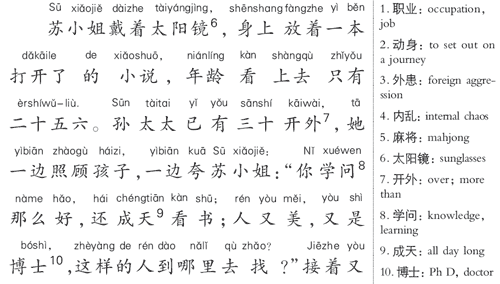Here's an English example:
Learner: Wait, how is c-o-w pronounced?
Native: COW, like a K sound followed by ow.
But in Chinese there are no phonetic letters. So how are children taught how to pronounce something, other than to hear the difference by someone who already knows it? Unless they're taught pinyin (which didn't even used to exist), how on earth could you specify the difference between, for example, j and q, if the learner were uncertain which sound was being used in the pronunciation of a given word or character?



